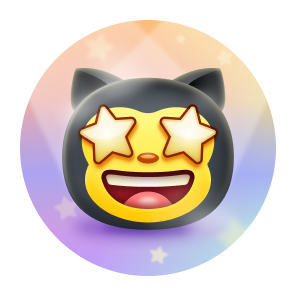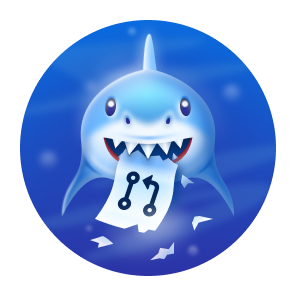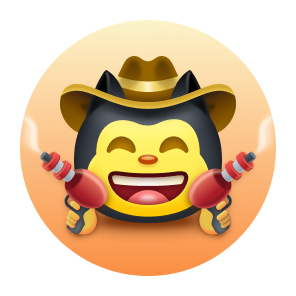I'm Guanming, a Second-Year student at UCL, studying Robotics and Artificial Intelligence. My journey has been an exciting one—starting from winning the Chinese National Python Competition (62nd place), to leading the FIRST Robotics team 6433, and contributing to prestigious institutions like Tsinghua University’s AI Institue of Research and Princeton’s PACT program. Now, I'm diving even deeper into the realms of robotics and AI at UCL, eager to learn, collaborate, and innovate.
I believe that open-source is a programmer’s romanticism—code as a shared, evolving toolkit that belongs to humanity.
Since 2022, my GitHub has become a space where I bring this philosophy to life. I began with reverse-engineering reinforcement learning concepts from UC Berkeley’s CS285_22Fall_HW_Answers, and my journey led me to open-source my entire robotics learning path—from foundational research on Contrastive Learning and Vision Transformers, to advanced work on CLIP’s multimodal alignment and Transformer-based motion planning. Along the way, I’ve created tools that help make cutting-edge AI more accessible, including:
- BaristBot: A Chrome extension designed to automate personalized LinkedIn outreach, turning cold messages into warm conversations.
- DeepFlow: A multimodal agent system unifying text, image, and audio reasoning for real-world decision-making and actionable insights.
- DeepBattler: A Hearthstone Battlegrounds agent assistant that offers players real-time strategic advice and gameplay suggestions.
- JAX2GPT: A hands-on tutorial series that breaks down the complexities of GPT architectures, all while leveraging JAX’s minimalist approach.
These projects reflect my mission to democratize AI, make it more approachable, and simplify the transition from academic theory to practical application. With tutorials reaching over 11,000 developers across various platforms, I’m dedicated to transforming intricate concepts into easily digestible, open-source content.
Looking forward, I’m eager to push boundaries with LLMs. I see them not just as advanced models but as collaborative canvases, where I can combine architectural rigor with developer-centric tooling to create meaningful innovations that contribute to the broader AI ecosystem.


